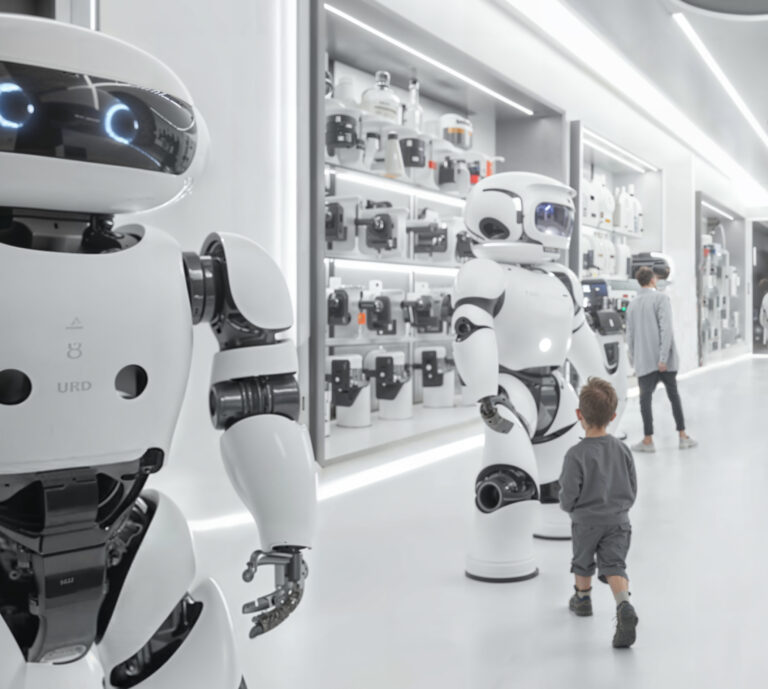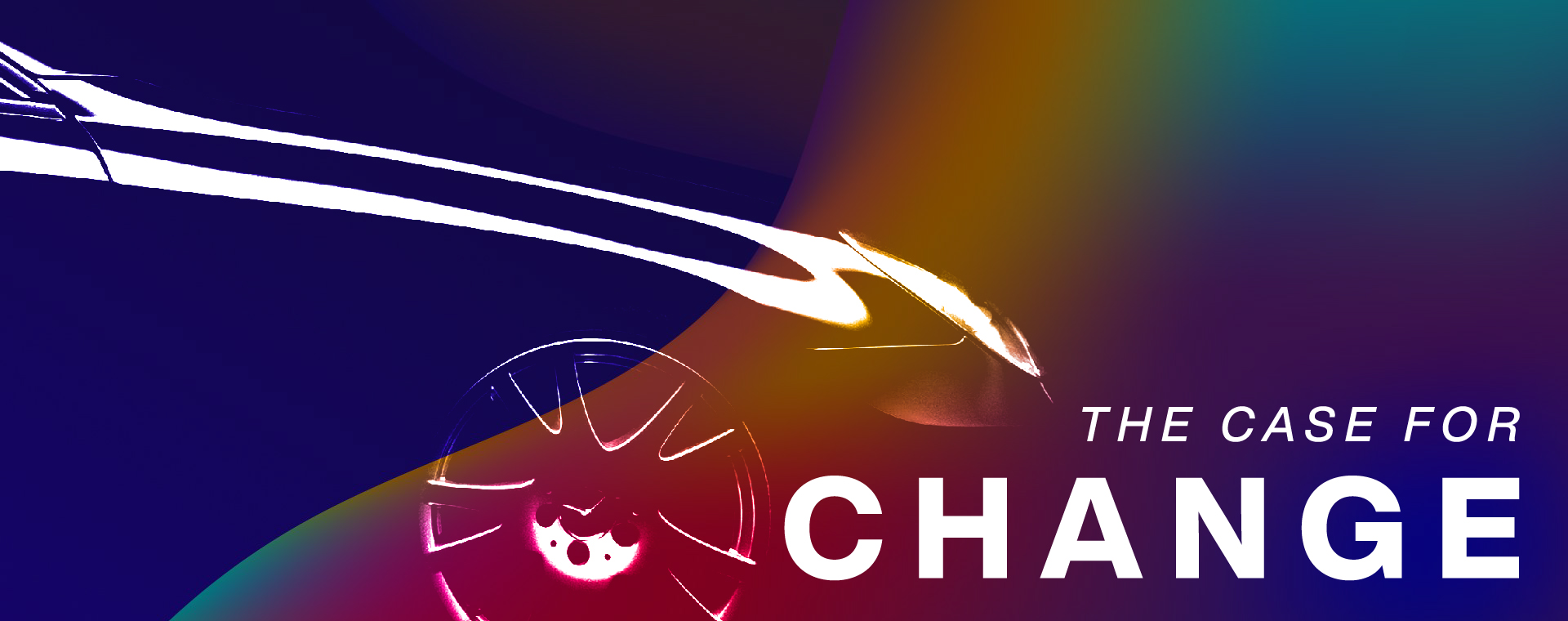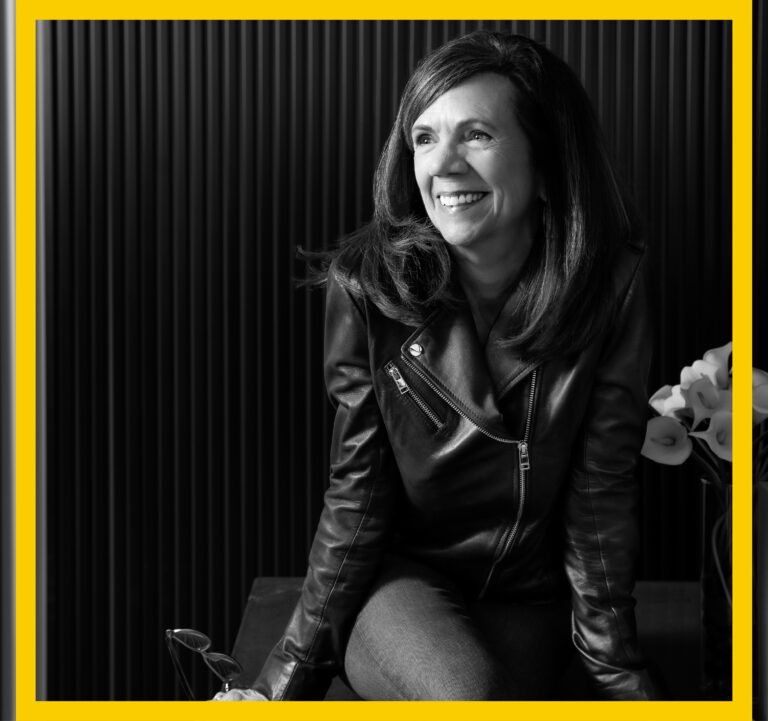×

Our Innovation Agent, Scott Jeffrey, explores how future retail experiences will have to evolve once shopping for humanoid robots becomes commonplace.

As we enter this new year, we’ve reflected on our pre-pandemic predictions and how they align with today’s realities. In this three-part series, our CEO, Lee Carpenter, and Executive Director of Strategy & Insights, Bill Chidley, share their perspective from 2018 on the unprecedented change the auto industry has seen in the digital age. After looking back, the fact is the customer has been asking for change for a long time. It’s now time to leap forward in a way that isn’t reactionary.
Dealerships are the front lines for converting prospects into buyers and creating lasting customer relationships with brands. Still the current dealership experience and its operating model aren’t working hard enough in today’s digital age. Manufacturers’ field forces and dealers are challenged with maintaining sales volumes—and dealership image programs don’t address fundamental industry changes. Today there is unprecedented change in both vehicle innovation and the shopping process that threatens the status quo. Currently, dealer operations, dealership experience, and the role the dealership plays are not keeping pace.
The auto industry’s future is being shaped by a convergence of digital technology, electric powertrains, and new disruptive ways to provide mobility. Add to this a consumer expectation for an even higher level of convenience for how, when, and where they do business, and the case for changing the dealership experience and operating model is compelling. Five significant trends are impacting today’s dealerships and cannot be ignored.
It’s a given that car shopping behavior has changed dramatically due to online behavior and smartphones. The future will bring higher expectations for a digitally-driven shopping and owning experience that is seamlessly connected to bricks and mortar. A recent study conducted by Accenture found that approximately 80% of consumers will use technology to research buying preferences, and 75% of consumers want to do the entire car-purchasing process online. Today the transition from digital to dealership is a hard landing when it should be a soft landing that integrates the online experience and builds momentum. Despite the profound changes in the car shopping process, the dealership facility design has stayed fundamentally unchanged.
Increasing technology content will make the presentation, merchandising, and sales approach of future vehicles more complex. In-vehicle technology and new electric and alternative-fuel platforms drive the need for more time, attention, and new skill sets to educate and assist customers with the continuously evolving driver/user experience. Exciting new features can also become potential new sources of anxiety, stressing the current sales and delivery process and threatening customer satisfaction. Currently, neither showroom designs nor sales consultants fully consider this transformation from yesterday’s mechanical to tomorrow’s technological innovations.
To be competitive, on-trend, and responsive to increasingly fragmented consumer segments, all brands are introducing more new models in the next 5-10 years. With more models, dealerships will need to rethink the showroom to be more effective. Consumers increasingly expect all shopping experiences to be simple, clear, and focused on them– auto showrooms are anything but that. Most showrooms today feel more like office space populated with random vehicles. They are cramped, lack excitement, and are poorly merchandised. More models mean more pressure to be better retailers– giving space and premium display to what drives traffic and margin and overcome purchase barriers. Current showroom designs are inadequate for the future product portfolio and consumer expectations for a great experience.
By 2030, 28% of global passenger cars sold will have electric engines with that number rising to 58% in 2040. EVs currently make up 3% of global car sales.
Bloomberg NEF EVO Report
Fixed-operations sources of revenue for dealers are facing accelerated decline due to the reduced service and repair requirements of future vehicles. The implications of more electric units in operation, overall improvements in durability, and longer service intervals mean overcapacity and lower revenue from traditional service operations. Additionally, continuing advances in driver-assistance and crash avoidance systems means fewer accidents and less body shop income. Dealers need to build for a future with different capacity requirements, and have space and support for new vehicle hardware and software life-cycle challenges.
Last is the emergence of completely new business propositions to the marketplace. Innovative ways to provide mobility, and the requirements for merchandising these services and the logistics of executing innovative new alternatives to car ownership. Subscription-based Transportation as a Service (TaaS) concepts, shared ownership models, deployment of autonomous fleets, alternative fuel infrastructure, and other concierge and automated services still on the horizon need to reconcile the role of the dealer. How the dealers profit from these innovations has not been adequately explored, but must be to make them successfully scalable.
The implications of these industry changes to the current dealership design, fixed operations, and customer experience are broad and deep. Each has an impact on the current business model. Today’s facility standards for physical space and site size are backward-looking, and dealers are reticent to build to obsolete metrics. Current space requirements for inventory are not reflective of online shopping behavior and a proliferation of new models. Fixed-operations needs are based on decades-old formulas, leading to over-investment. How customers need to be serviced is transitioning from a technician-based to a consumer electronics-style interaction, changing the skill set and facility assets needed to delight them. Add to this the mandate to monetize new mobility concepts and bring autonomous vehicles into the mainstream. A new vision is required for the future that takes these changes as an inspiration for innovation.
Next, we’ll explore a new model for the dealer operations in Part 2 of this series, focusing on innovating for the new digitally driven world.


